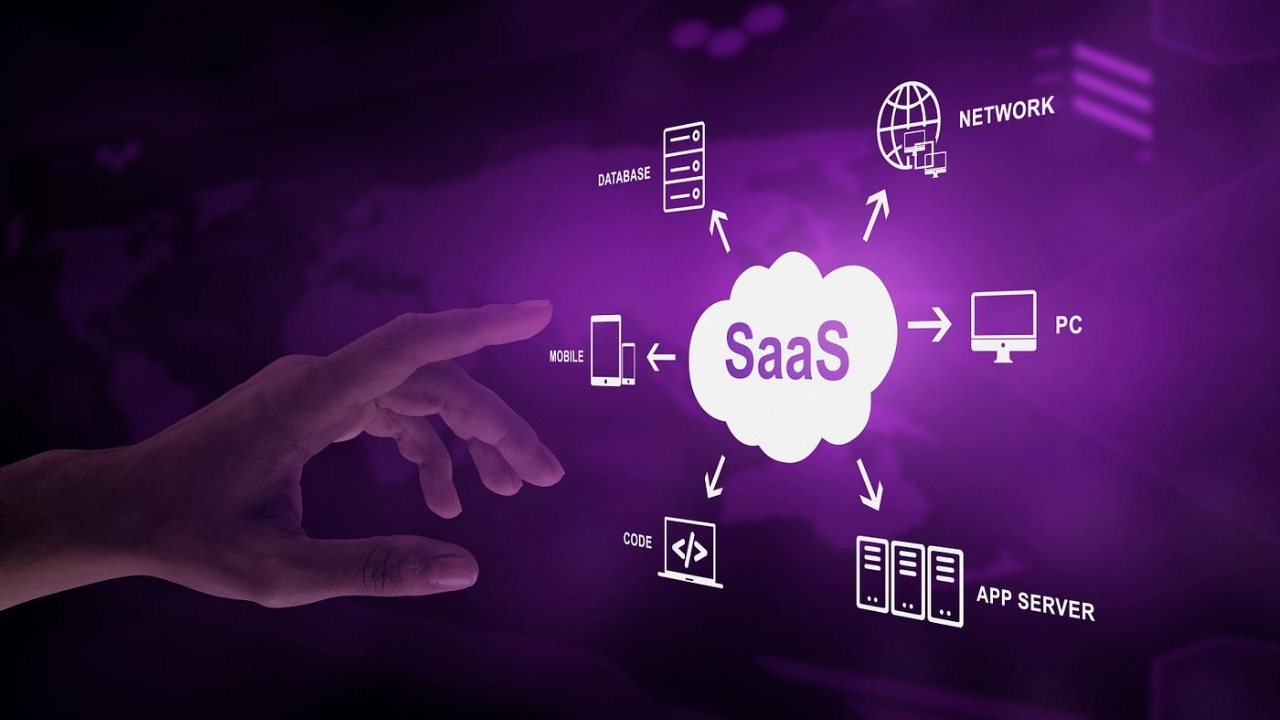As artificial intelligence becomes more accessible, building a micro SaaS tool has never been easier — or more profitable. These lightweight, focused apps solve a very specific problem for a specific audience. And when powered by AI APIs like ChatGPT, DALL·E, or Whisper, they become scalable solutions with near-zero overhead.
If you’re a developer, freelancer, or solo founder looking for a low-maintenance income stream, launching an AI-powered micro SaaS tool in a niche market is one of the smartest moves in 2025.
What Is a Micro SaaS Tool?
A micro SaaS tool is a compact software-as-a-service product that:
-
Solves one well-defined problem
-
Serves a narrow audience (niche)
-
Has low development and hosting costs
-
Often runs solo or with a small team
Unlike full-scale platforms, micro SaaS tools are simple, fast to build, and easy to scale or flip.
Why Use AI APIs for Micro SaaS Tools?
AI APIs bring intelligence to your product — instantly. You don’t need to train your own models. With APIs from OpenAI, Hugging Face, or ElevenLabs, you can:
-
Generate text, summaries, captions
-
Extract insights from audio
-
Classify or tag images
-
Automate repetitive workflows
🔗 Learn more about OpenAI’s API — the foundation for tools that use GPT-4 for text generation, classification, and natural language processing.
How to Build a Micro SaaS Tool With AI APIs
Step 1: Find a Specific Niche Problem
Your micro SaaS idea should solve one pain point very well. Examples:
-
Generate custom cold email intros for B2B founders
-
Create YouTube video outlines for productivity creators
-
Write real estate listing descriptions from bullet points
-
Summarize long podcast episodes into tweets
Research Reddit, forums, or Twitter to find what people complain about or outsource often.
Step 2: Choose the Right AI API
Match your solution to the API capability:
-
OpenAI GPT-4: Writing, rewriting, translating, summarizing
-
Whisper API: Audio to text (podcast transcripts)
-
DALL·E or Stability AI: Image generation
-
Replicate: Code to deploy hundreds of public AI models
-
AssemblyAI: Advanced audio analysis
Start with one function and keep it simple.
Example Prompt to Use With OpenAI
“Write a 100-word cold email for a startup founder selling a B2B SaaS product to HR managers. Make it sound confident, helpful, and non-pushy.”
Use this to power tools like:
-
AI Email Assistant for Founders
-
Podcast-to-Tweet Generator
-
AI Property Description Builder
Step 3: Build and Launch the MVP
Use tools like:
-
Next.js or React for frontend
-
Firebase or Supabase for backend
-
Stripe for payments
-
Vercel or Render for hosting
You can also build no-code MVPs using Bubble, Glide, or Tally.so + Make.com integrations.
Offer a clean UI with:
-
One clear input field
-
Instant AI output
-
Option to save, export, or copy
-
CTA to upgrade for more uses
Monetization Strategies for Micro SaaS Tools
1. Freemium + Pay-as-You-Go
Let users try 5 free credits. Charge $10/month or $0.10/credit after that.
2. Tiered Subscriptions
Example:
-
Starter: $9/month – 100 generations
-
Pro: $29/month – Unlimited access
-
Team: $99/month – Multiple seats
3. White-Label for Agencies
Offer bulk access to marketing agencies, resume writers, or realtors with custom branding.
4. One-Time Lifetime Deals
Promote your tool via platforms like AppSumo to gain initial traction.
How to Promote Your Micro SaaS Tool
1. Launch on Product Hunt
Micro SaaS tools perform well on Product Hunt — especially if they solve a common pain point.
2. SEO-Optimized Blog Content
Post how-to guides and long-tail keywords like:
-
“AI tool to summarize Zoom calls”
-
“Best micro SaaS tools for solopreneurs”
-
“How to automate Instagram captions with GPT-4”
3. Partner With Influencers or Niche Creators
Offer them affiliate revenue or free upgrades to showcase your tool.
Creating an AI-powered micro SaaS tool is one of the most efficient ways to enter the AI business space with minimal resources. These small, niche-focused solutions can generate consistent revenue, require low maintenance, and scale purely on word of mouth and SEO.
If you’ve got an idea and access to an AI API, you’re already halfway there.







